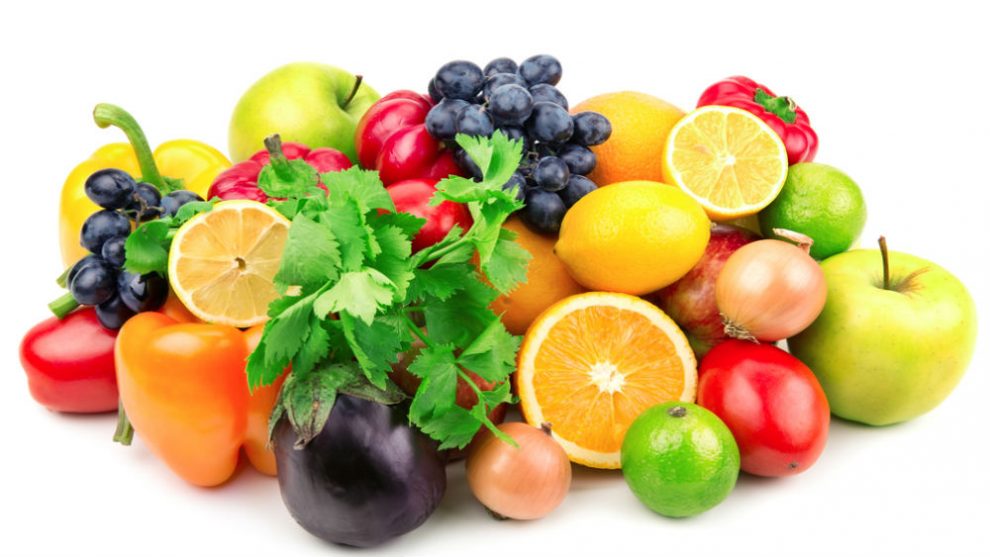While it may be common for the ‘5 A day’ fruit and vegetable principle to be drilled into the lifestyle and education of children, new studies have revealed that in fact more adults are lacking the correct level of consumption of these food groups and therefore increase their risk of becoming overweight or developing serious health problems such as obesity and heart disease.
What is the ‘5 A Day’ principle?
The five a day rule is a nutritional guideline that suggests an individual should consume at least five portions of fruit or vegetables on a daily basis. In terms of quantity, a portion consists of around 80g – this is equivalent to a handful of berries, a piece of fruit such as a banana or a 150ml glass of pure, un-concentrated fruit juice. The principles behind this guideline are simple – fruits and vegetables contain a high number of essential nutrients, dietary fiber, sugars, vitamins and minerals, a balance of which are needed to maintain a healthy diet and sense of well-being.
Why Do So Many Adults Lack Their 5 A Day Intake?
There are a number of factors that can be attributed to the current lack in adult fruit and vegetable consumption and the effects of which vary from country to country, due to lifestyle, work and affluence being involved.
Busy Lifestyles – The modern world hardly ever gives the ordinary adult time to spend freely or idly. High workloads and constant deadlines result in a cyclical work routine that spares very little time for the thought or planning of healthy meals. Often unintentionally, adults who work on a tight schedule will grab a breakfast and lunch to go, this is often processed and may not include the range of nutrients and wholesome value that a traditional, home-packed meal for a child would include. Stress eating can often lead to an increased reliance on foods that are high in sugar or caffeine, rather than the healthier options of fruits and vegetables.
Higher Consumption of Take Out and Fast Foods – Convenience food is a common staple in the Western world. Fast food chains and take out grow in number as do the number of heart and weight related fatalities and serious health problems. The traditional home cooked meal is becoming rarer and eaten less often, this would have consisted of a portion of vegetables, usually with a source of protein and carbohydrates. As these meals are replaced with ready-made chips and burgers, the nutritional variety of the traditional meal is lost, as well as the cultural and social benefits.
Food Preparation – Many adults may lack the skills, time or motivation needed to create, plan, prepare and cook a healthy, balanced meal. Such meals would usually incorporate fruits and vegetables, due to a range of cooking possibilities. However, as other options and processed foods may be more accessible and readily available, there is less incentive to devote time and skill towards these meals. Some adults may not have the time, especially if they have to feed a family, while balancing the workload and stresses of a full-time job.





Add Comment